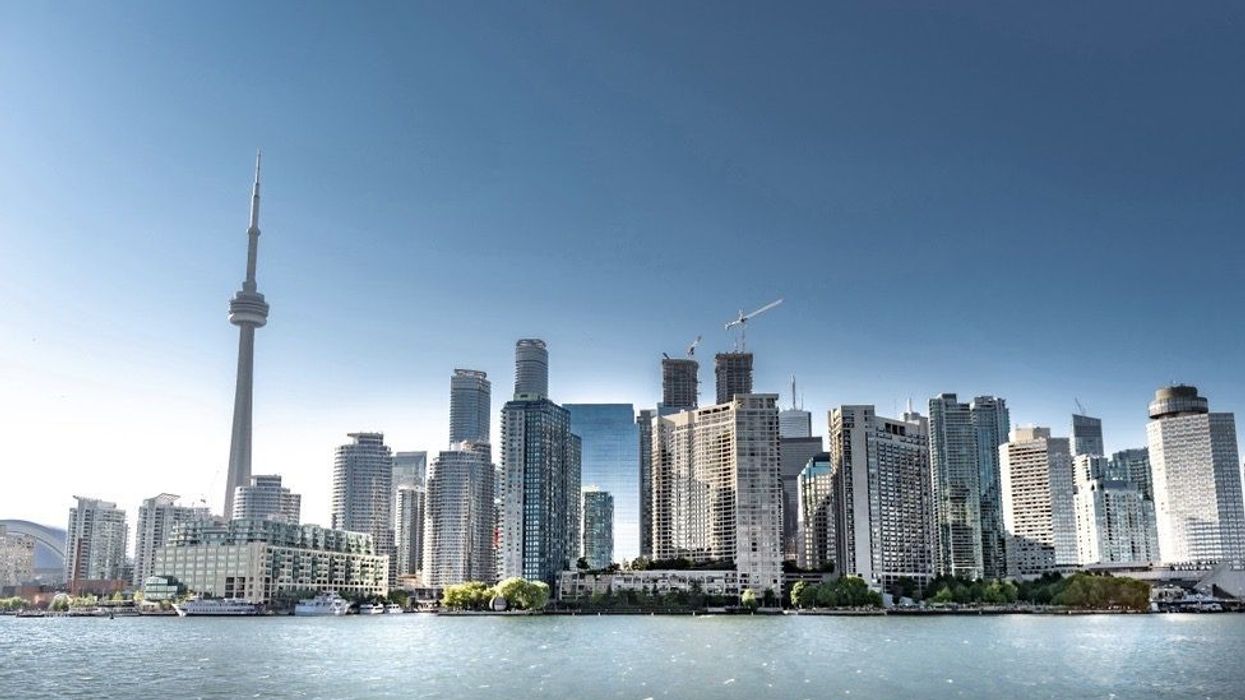The Toronto Green Standard (TGS) was updated at the beginning of the month in an effort to bolster the city’s Transform TO Net Zero Climate Strategy, approved late last year.
The TGS was created in 2010 and sets out requirements for high-performance, new developments in Toronto with a greenhouse gas emissions goal of net zero by 2040.
The latest update comprises three tiers of performance -- Tier 1 is the mandatory baseline, while Tiers 2 and 3 are higher performing and voluntary standards that come with financial incentives post-construction.
The TSG will also augment water and air quality as well as manage on-site stormwater, enhance urban forest and biodiversity, and help create energy efficient buildings.
The most significant changes with the latest update, known as TGS Version 4, are near net zero greenhouse gas emissions for mid- and high-rise residential and non-residential buildings by 2028. Moreover, there’s an ecological component that will protect natural heritage and ravine areas, and protect birds by creating visual markers so that they avoid collisions.
Since its 2010 introduction, the TGS has helped cut greenhouse gas emissions of 169,383 CO2e (carbon dioxide equivalent), which the City of Toronto says is the equivalent of 52,000 cars taken off the road every year.
The latest TGS is the fourth update and will focus on the climate emergency, raising the bar for GHG emissions from new construction, and it also aims to create electric vehicle charging parking spaces. Moreover, the update will also place a greater emphasis on better stormwater management.
Additionally, TGS Version 4 will introduce new voluntary tracking requirements for building construction and landscaping materials because they can be responsible for as much as 80% of greenhouse gas emissions over the lifespan of a building.
The next updates of the TGS are slated for 2025 and 2028, the latter of which will mandate very low building emissions by requiring all buildings to satisfy Tier 3.





















